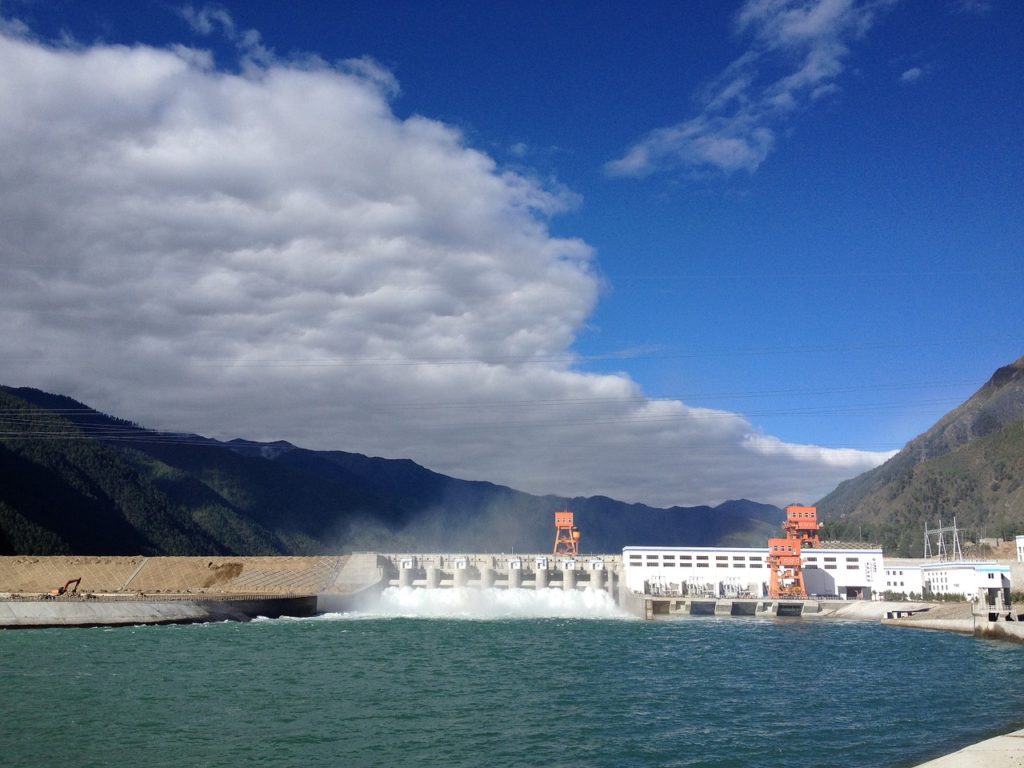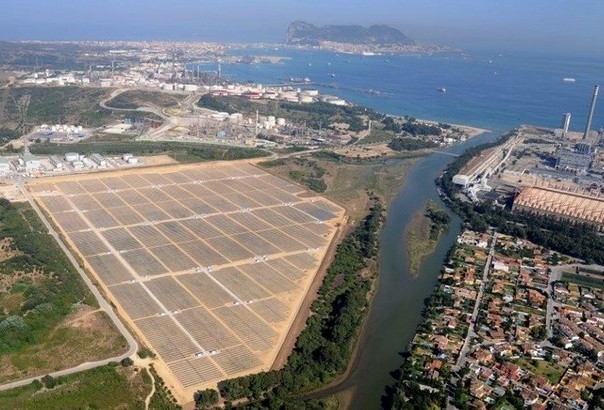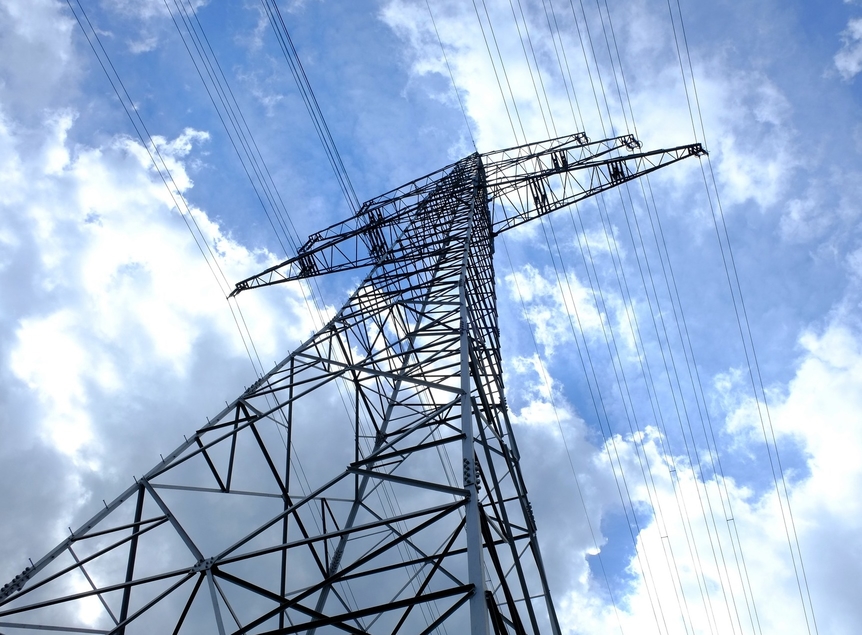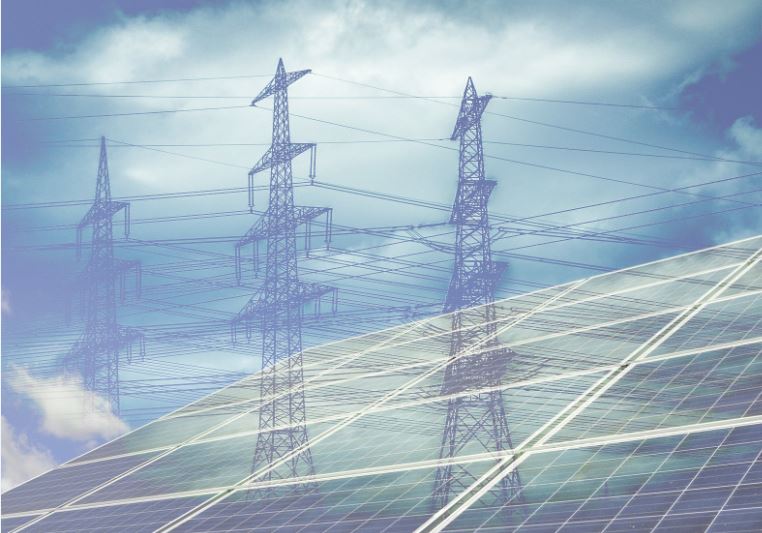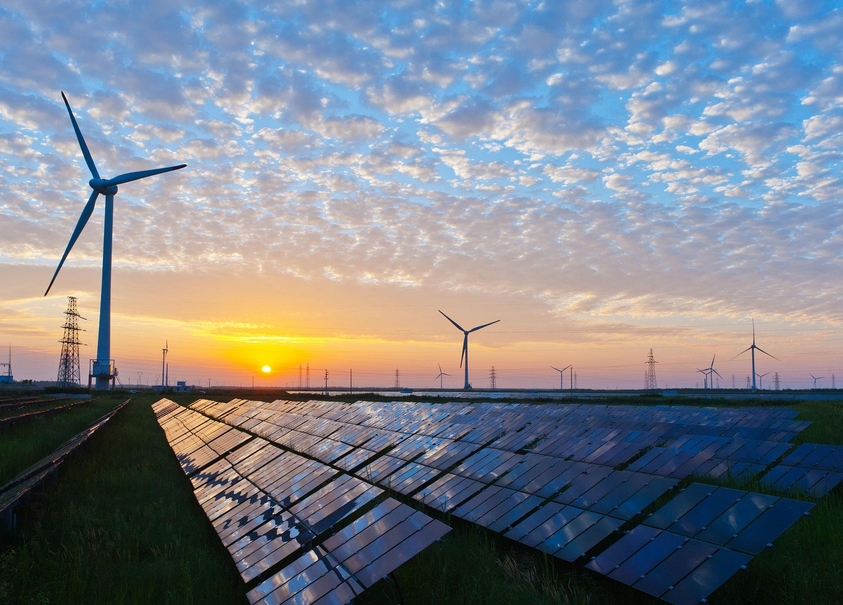Solar And Wind Provide 100% Of New Generating Capacity Additions In September
US – According to an analysis by the SUN DAY Campaign of data just released by the Federal Energy Regulatory Commission (FERC), solar and wind were the only energy sources adding new capacity to the U.S. electricity generation mix in September. Three “units” of new wind accounted for 363-MW while nine units of solar provided 339-MW.
Solar And Wind Provide 100% Of New Generating Capacity Additions In September Read More »


